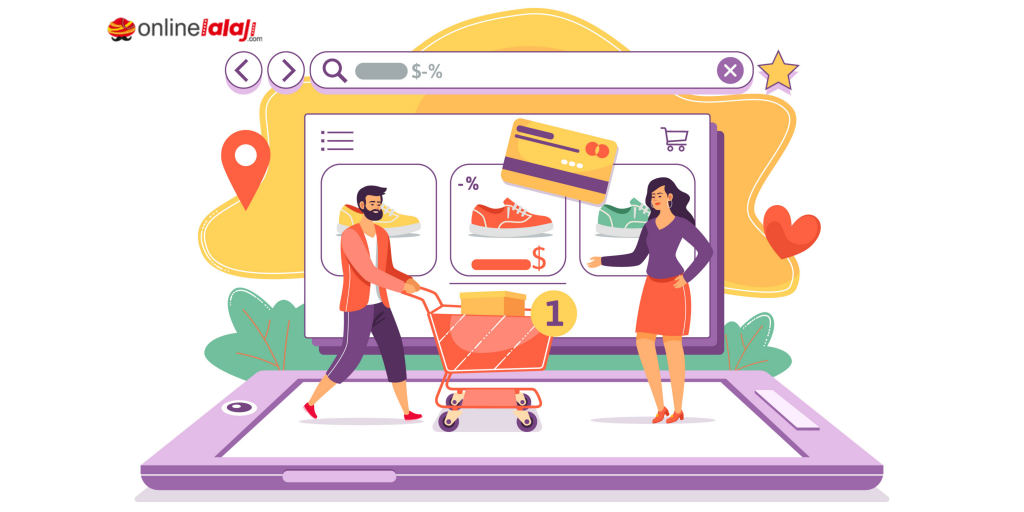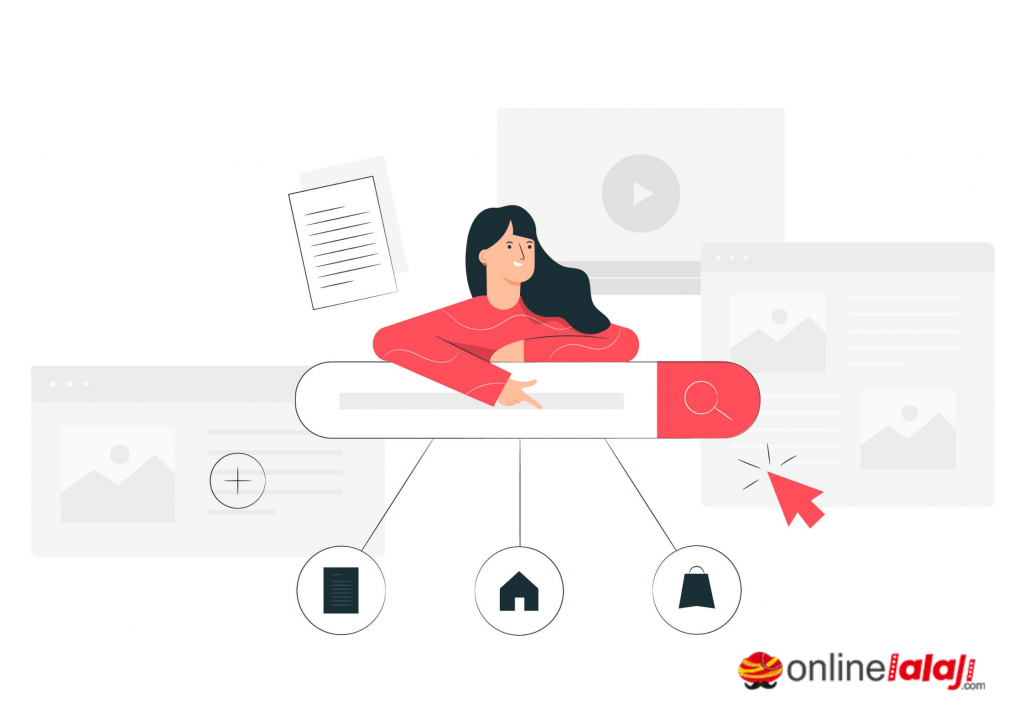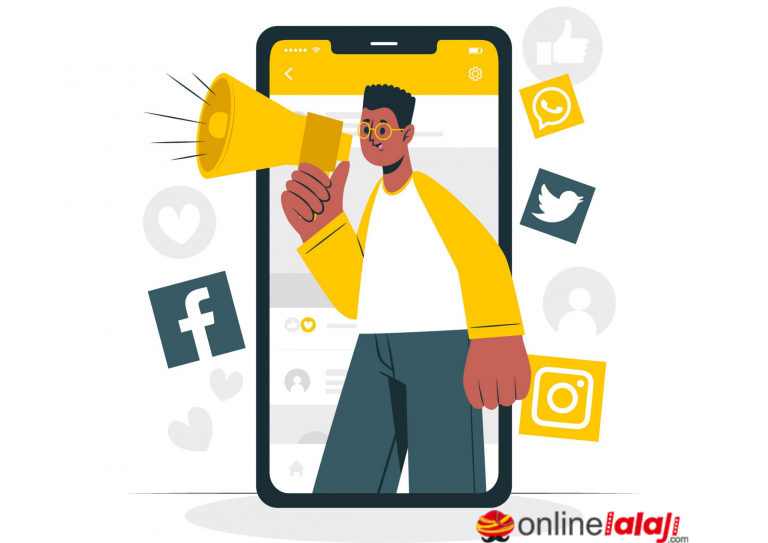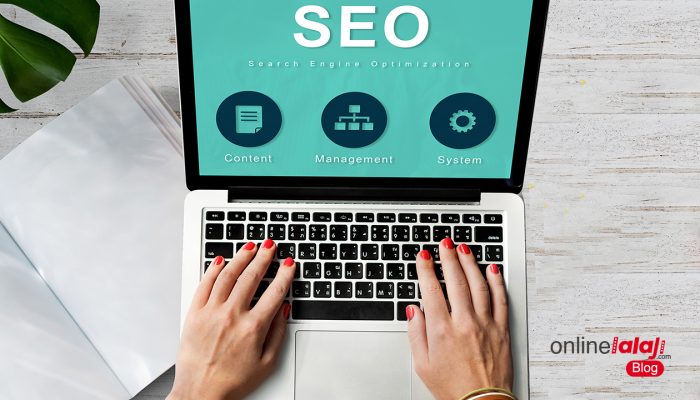Retailing products on eCommerce and Still having no traffic? For any ecommerce site ranking at the top of search engines is a high priority. Want to target the widest audience as possible, having a well-optimized e-commerce website is an absolute must.
Let’s quickly look at interesting stats…
23.6% of ecommerce orders are directly come through organic traffic (Business Insider)
Why Is SEO Important for Ecommerce?
For the growth of your ecommerce site, you need more and more customers. Absolutely, right. The only problem is, getting attention from customers is valuable. We can say that SEO is the strategy for eCommerce that helps all online retailers rank higher in search engines. A well optimized ecommerce. website with high-quality keywords & content will rank much better in search engines such as Google, Bing, Yahoo, etc.

Explore here for what we have to say about our clients’ case studies, and let these words serve as the inspiration to let your SEO-optimized ecommerce flag fly.
Keyword Research – The Right Way
“Every 60 seconds, 3.8 million Google searches are performed.”
That’s a lot.
To reach your customers, you must start with a targeted keyword on your ecommerce website…
You want the most relevant and popular keywords in your industry, but you must also understand consumer intent.

There are two types of keywords one is General & another one is Commercial.
General keywords or head keywords are usually high traffic but don’t necessarily have a specific intent.
Example – when a consumer searches for ‘shoes’, is most probably at the initial stages of the buying cycle.
At this stage the consumer wants an overview of what is available without getting descriptive intent.
On the other hand, Long-Tail Keywords are more precise. For example, the query ‘Shoes for men’, shows that the user is looking for Men’s Shoes but it is still not very ‘commercial’.
The reason I’m defining this:
- When optimizing your product pages, you need to take into account the ‘intent’ of the user and not go after what is more popular in terms of search volume
- Remember that your goal is to make more sales, so you need visits from customers who are ready to proceed to the next step i.e. convert and these are the keywords you should focus on targeting.
- Always remember, you have to target consumers through your “Product Name” & “Product Description”. Your targeted customer will only focus on the product name and description of that.
Technical SEO – On-Page
Technical SEO is my favorite one. And if you own ecommerce business, technical SEO will forever be on your priority list.
On-Page SEO is now no longer about only meta tags.
Start building a website with clean URLs, correct internal linking, and most importantly, without any stacked redirects.

Meta Title
This is the Meta Title (Page Title) that Google and most other search engines show in search results.

Meta Description
It summarizes the page’s content. Search engines often use it for the snippet in search results.

Leverage the power of social media
By publishing relevant content often and sharing it across social media, this will likely positively impact your product and category pages in the search engine result pages.
Growing customer awareness, as well as collecting backlinks from other sites through these channels, sends the signal to search engines that your site is certified.
Advantages:
- driving organic traffic and increasing visibility.
- improving local SEO.
- expanding your content reach and enhancing brand recognition.
- increasing backlinks.

Research Your Target Audience
A clothing store will find bigger success on Instagram. A lifestyle brand can attract a lot more clients on Pinterest.
As a rule of thumb, it helps to get your business present on the big two at first:
These channels have billions of monthly users. So, you’ll guarantee a fair chance of finding your target customer.
Create Accounts For Your Brand
Be sure to enter your professional business details. Use a correct phone number, address, and website to increase credibility.
Publish Content Regularly
You’ll start sharing content in different forms — whether it’s images, videos, or plain text.
Build An Audience
Your final step is to drive those leads to your site and convert them into loyal customers. Or, you can also sell your products directly through those social channels.
Conclusion
"Once you start to build a following, your numbers will always go higher. You’ll generate lots of leads to your site and transform your business."







